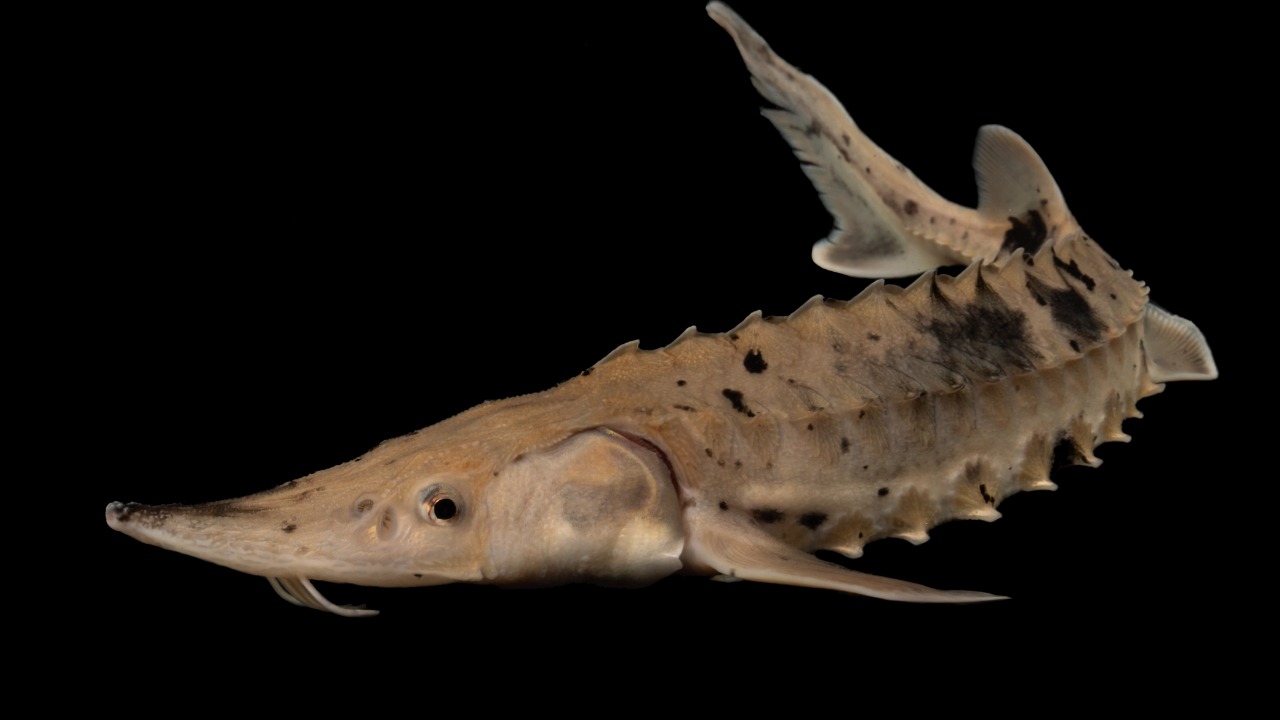
The lake sturgeon, a fish species with a lineage stretching back over 200 million years, has made a remarkable comeback to Big Stone Lake in Minnesota. After more than a century of absence due to overfishing and habitat loss, the Minnesota Department of Natural Resources (DNR) released 500 adult sturgeon into the lake on June 15, 2023. This release marks a significant milestone in a multi-year restoration project aimed at reviving the species’ population in the area [source].
The Ancient Legacy of the Lake Sturgeon
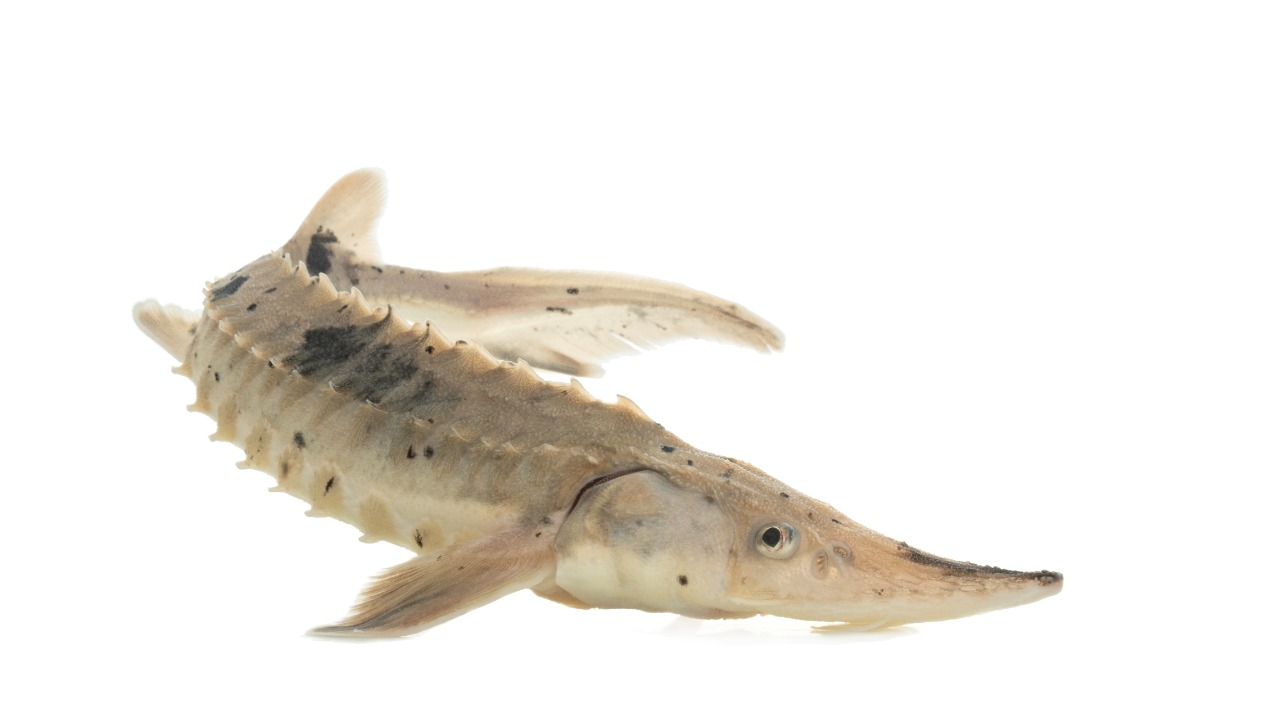
Lake sturgeon, scientifically known as Acipenser fulvescens, are often referred to as “living dinosaurs” due to their ancient lineage and distinctive physical characteristics. These fish are easily recognized by their elongated bodies, bony plates, and vacuum-like mouths, features that have remained largely unchanged since the time of the dinosaurs. This evolutionary resilience has captivated scientists and conservationists alike, highlighting the importance of preserving such a unique species [source].
Historically, Big Stone Lake was home to thriving populations of lake sturgeon, which played a crucial role in the lives of Native American communities, including the Dakota. These communities relied on the sturgeon for both sustenance and cultural practices. However, the arrival of European settlers disrupted these ecosystems, leading to overharvesting for caviar and meat. By the early 1900s, sturgeon had completely disappeared from the lake, resulting in a significant loss of biodiversity in the region [source].
Conservation Challenges and Strategies
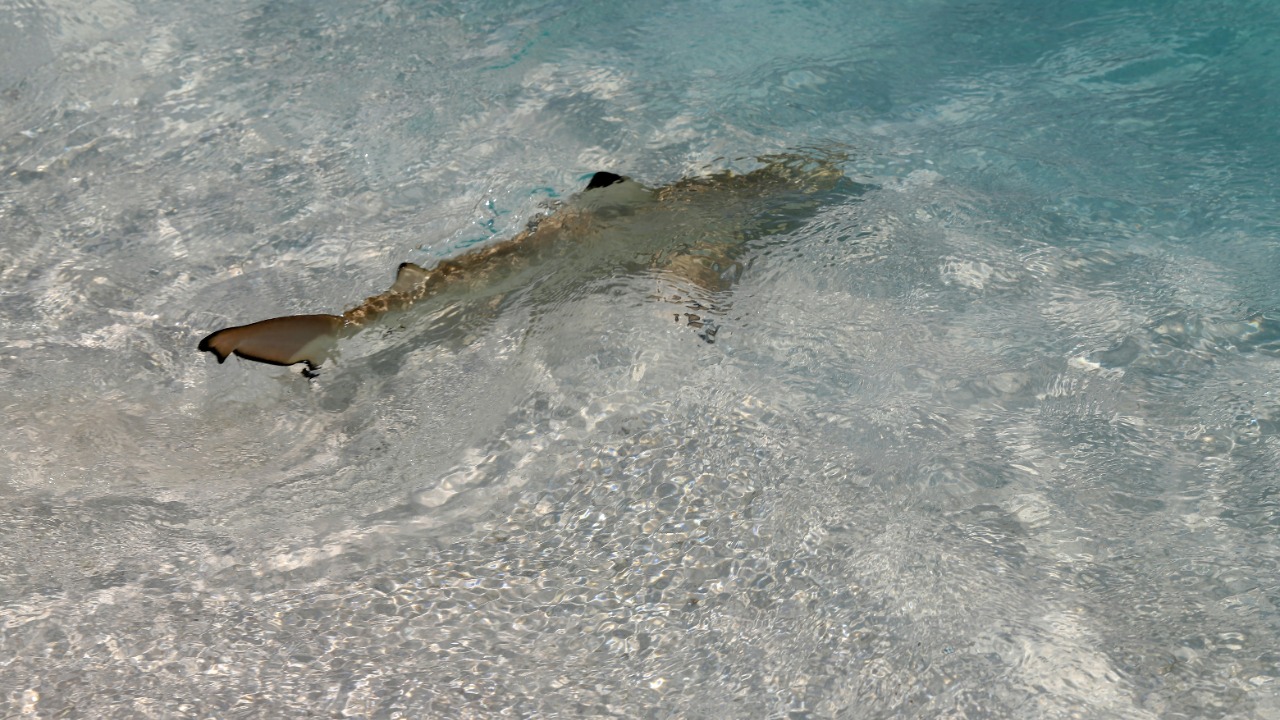
The Minnesota DNR identified several challenges to the recovery of lake sturgeon in the Big Stone Lake watershed, including water quality degradation, dam construction, and the presence of invasive species. These factors necessitated targeted habitat restoration initiatives, which began in 2015. The DNR’s efforts have focused on improving water quality and restoring natural habitats to support the sturgeon’s return [source].
Collaborations with organizations such as the U.S. Fish and Wildlife Service and local tribes have been instrumental in the sturgeon rearing process. These partnerships have facilitated the establishment of hatcheries where sturgeon are raised to maturity before being released into the wild. This approach ensures higher survival rates and genetic diversity, which are crucial for the long-term viability of the sturgeon population in Big Stone Lake [source].
Annual monitoring efforts have been implemented to track water flow and spawning gravel beds in the lake’s tributaries. These improvements have allowed sturgeon to access traditional breeding grounds for the first time in decades, marking a significant step forward in the restoration project. The success of these initiatives underscores the importance of continued conservation efforts to ensure the sturgeon’s survival and ecological role in the lake [source].
The Reintroduction Milestone
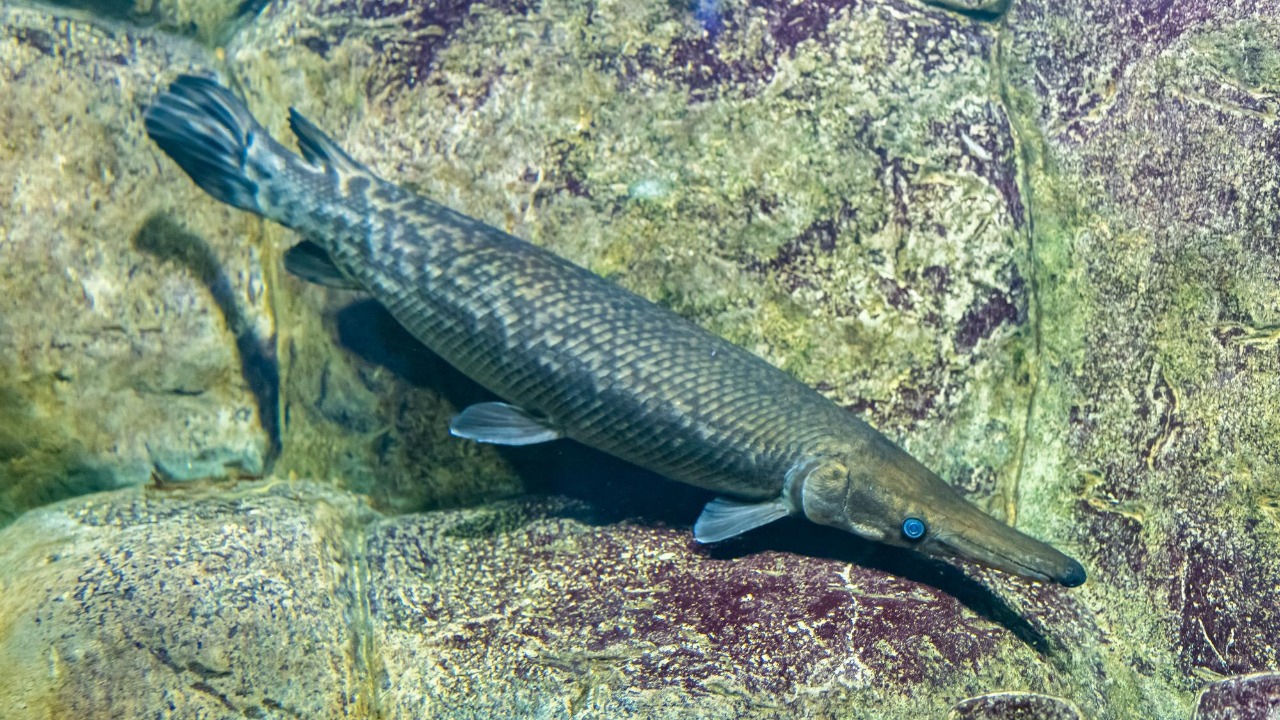
The release of 500 lake sturgeon into Big Stone Lake on June 15, 2023, was a momentous occasion for the Minnesota DNR and local communities. Each sturgeon, averaging 4-5 feet in length and weighing 20-30 pounds, was released from a boat launch near Ortonville, Minnesota. These fish originated from wild stocks in the nearby St. Louis River, selected for their genetic diversity to enhance the long-term stability of the lake’s sturgeon population [source].
The event was described as a “historic moment” by DNR Commissioner Sarah Strommen, who witnessed the sturgeon immediately adapting to their new environment by schooling near deeper waters. This successful reintroduction is a testament to the collaborative efforts of various stakeholders and highlights the potential for ecological restoration when science and community engagement align [source].
Ecological and Community Impacts
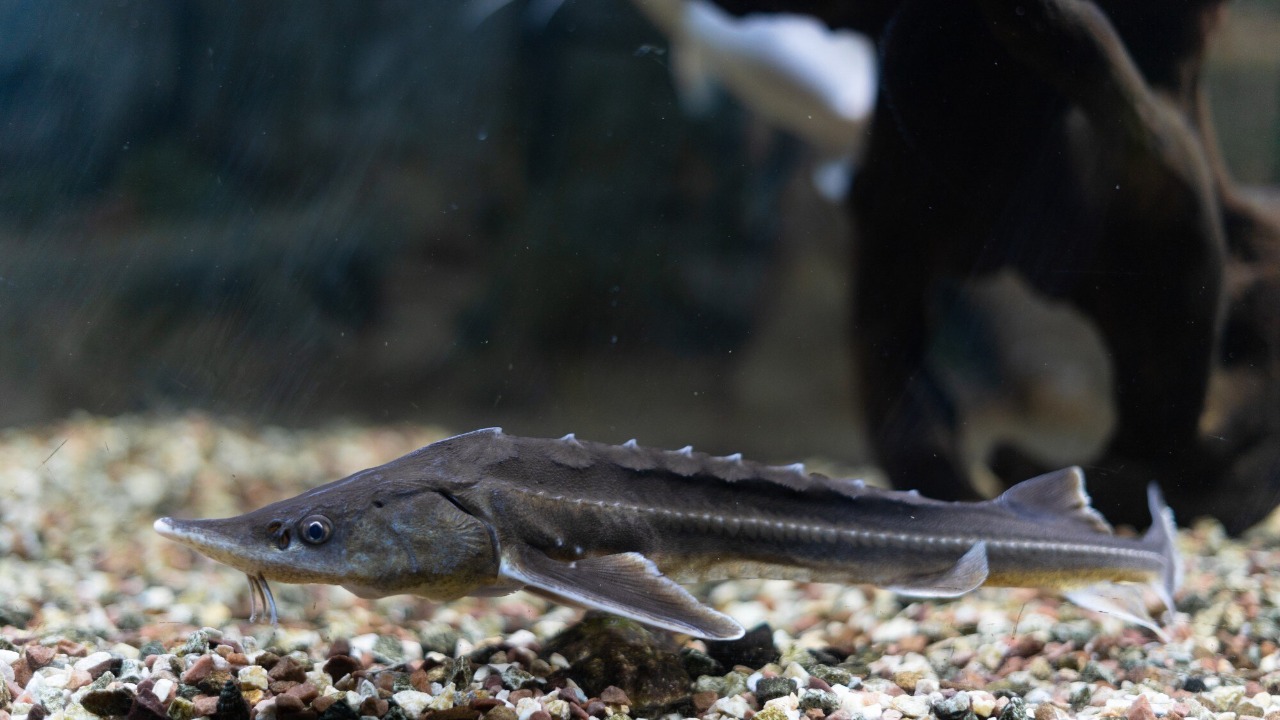
The return of lake sturgeon to Big Stone Lake is expected to have a positive impact on the local ecosystem. As bottom feeders, sturgeon play a vital role in controlling invasive species such as gizzard shad and promoting nutrient cycling. Their presence is anticipated to enhance the lake’s food web, contributing to a more balanced and resilient ecosystem [source].
Community engagement has been a key component of the sturgeon restoration project. Educational programs have been implemented in schools in nearby towns like Clinton and Bellingham, reaching over 1,000 students. These programs aim to teach students about sturgeon biology and the importance of conservation, fostering a sense of stewardship and awareness among the younger generation [source].
Tribal leaders from the Sisseton-Wahpeton Oyate have emphasized the cultural significance of the sturgeon’s return, stating, “This return honors our ancestors and restores balance to the waters.” The reintroduction ceremony was a powerful reminder of the deep connection between the sturgeon and the cultural heritage of the region’s Indigenous peoples [source].
Monitoring and Future Outlook
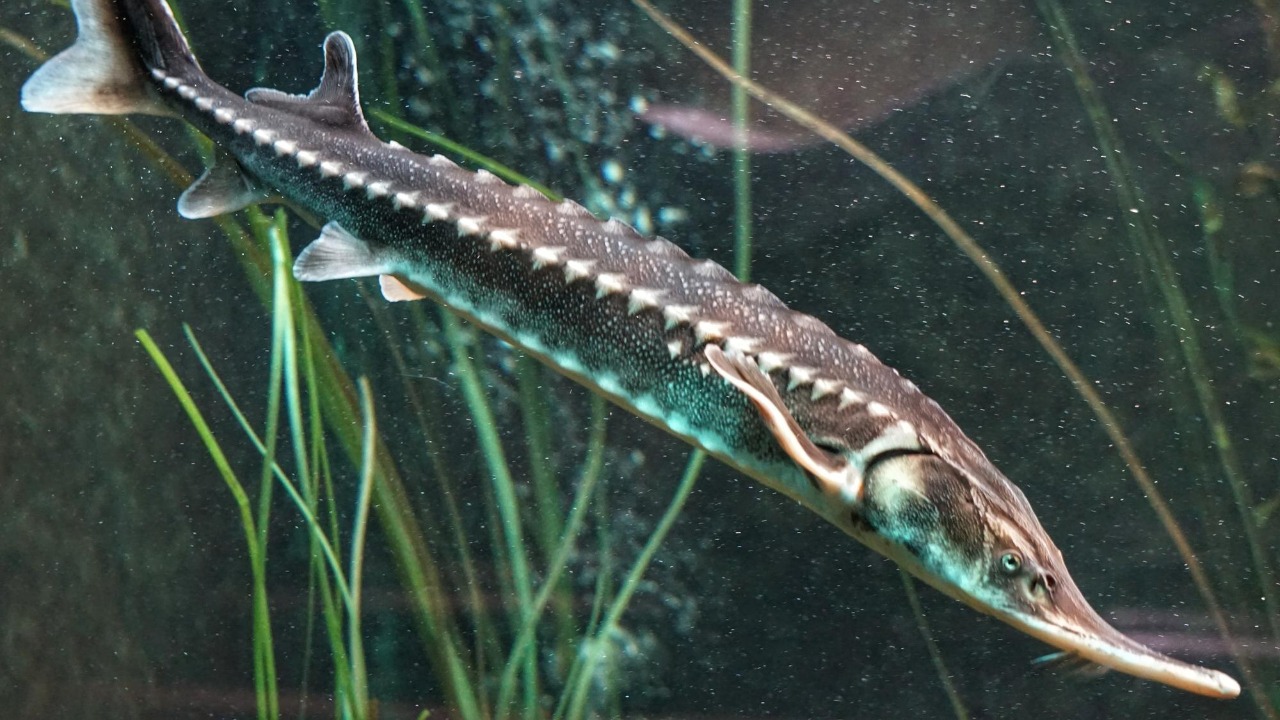
Post-release monitoring of the sturgeon population is being conducted using acoustic tags on 100 of the released fish. Initial data indicates an 80% survival rate in the first month following their introduction, a promising sign for the project’s success. These tracking efforts are crucial for understanding the sturgeon’s migration patterns and adapting management strategies as needed [source].
Looking ahead, the DNR plans to continue annual releases of 200-300 additional sturgeon through 2030, with the goal of establishing a self-sustaining population of at least 1,000 adults in Big Stone Lake. This ambitious plan reflects the commitment to restoring the lake’s ecological balance and ensuring the long-term survival of the sturgeon population [source].
Ongoing threats, such as climate change-induced water level fluctuations, are being addressed through adaptive management strategies. Potential modifications to dams on the lake’s outlet are being considered to mitigate these impacts and support the sturgeon’s habitat needs. The success of this project could serve as a model for similar conservation efforts in other regions, demonstrating the power of collaboration and innovation in ecological restoration [source].